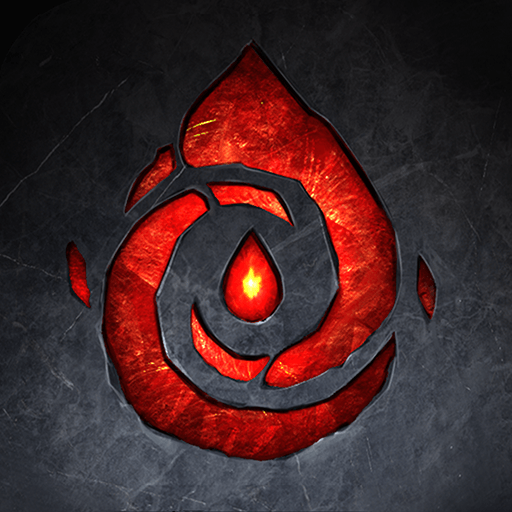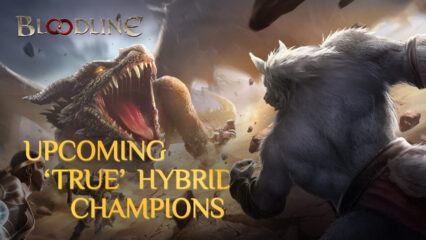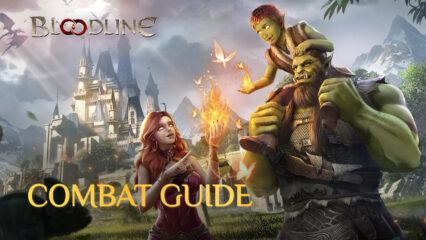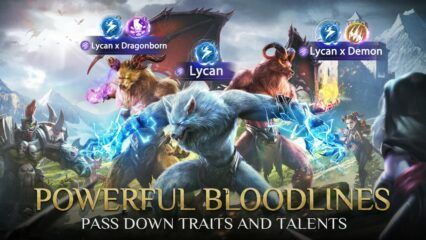Bloodline: Heroes of Lithas Tips and Tricks For Getting the Best Start
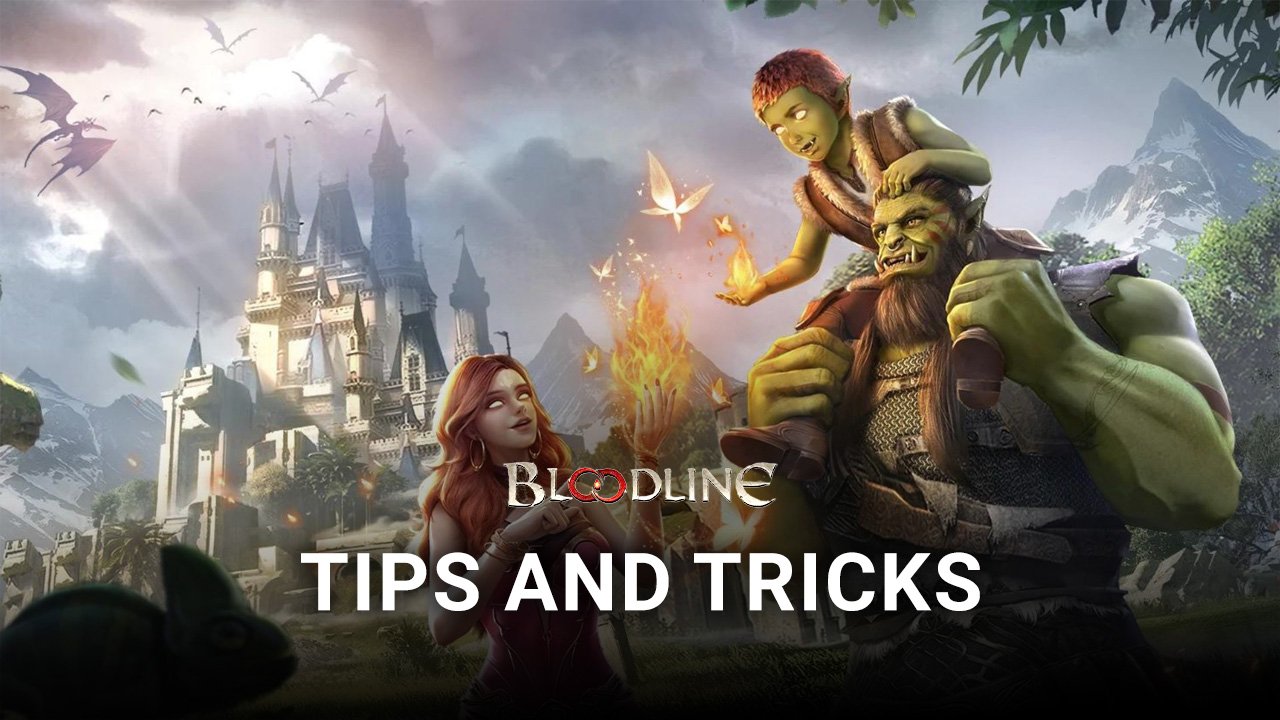
Bloodline: Heroes of Lithas was released just a few days ago, and we’ve been busy taking a look at all its systems and mechanics, just to give all our readers a sneak peek on everything they will find once they try it out for themselves. And right off the bat, we can say that while this game does nothing much to innovate, it has a fantastic presentation with stellar 3D graphics and animations, as well as beautiful hand-drawn portraits and visual elements. In other words, what it doesn’t do in terms of mechanics, it more than makes up for in sheer excitement when fighting on the battlefield.

Nevertheless, despite the lack of innovation in all its systems and mechanics, Bloodline: Heroes of Lithas still manages to engage us with how it combines these elements to create a unique experience. In other words, it takes elements that are already present in other games and fuses them into an interesting creation. Luckily, we’ve already explained most of these core elements and systems in our Bloodline: Heroes of Lithas beginner’s guide, so feel free to check it out if you’re new and would like to learn the basics.
On this occasion, we’re going to give you a few tips and tricks for getting started on the right track in Bloodline: Heroes of Lithas. Here are some specific things you can keep in mind in order to optimize your gaming experience and streamline your progression.
Use a Balanced Team Formation
Despite being an RPG with mostly automated combat, you have complete control over the heroes you take into battle. In other words, more than just leading your squad, you also need to consider the individual strengths and weaknesses of every champion in order to create powerful teams. In this sense, you can either focus on your strengths and create an all-or-nothing formation, or perhaps dial back and create a more balanced team.
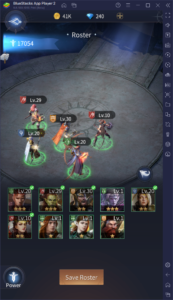
There are six types of units in Bloodline: Heroes of Lithas, including the following:
- Tank: The strongest units in terms of defense, charged with fighting in the frontlines, attracting the enemy’s attention and keeping them disabled with crowd control effects.
- Warrior: Melee combatants that can absorb lots of damage, and dish it out in return.
- Marksman: Ranged fighters specializing in dealing damage from a distance.
- Mage: Using various spells and incantations, these characters can deal damage to the enemy, or support their teammates in various manners.
- Support: Dedicated healers and buffers whose sole task is to support their teams, while also inflicting crippling effects on the enemy.
- Assassin: Specialized DPS characters that can deal severe damage to the enemy. Their role is to take out the enemy’s stronger units before they can act.
Typically, a balanced team usually has at least one tank and one support. The other three members can be a balanced mix of warriors and ranged DPS, or perhaps a warrior and an assassin, depending on the type of formation you want to create. The idea here is that you have powerful fighters that can hold the line, but also a few units that can dish out the pain while the enemy is focused on attacking your tank.
Keep Your Fighters Upgraded
In Bloodline: Heroes of Lithas, your unit’s level and gear is often more important than their rarity. After all, even a Mythic character can be quite weak if they’re unequipped or if they haven’t been upgraded at all. Luckily, you can easily and quickly get them ready for combat through the champion menu, by investing gold to level them up, and also by equipping them with the gear that you might have lying around.
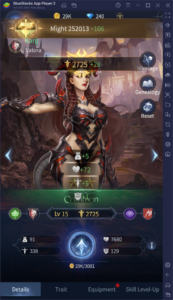
There are other ways to upgrade your characters later on, but at the beginning, simply increasing their level and equipping them with basic gear can go a long way. Moreover, one of the most awesome parts about Bloodline is that you can always recover the materials you’ve used for upgrading your characters, with the click of a button. If you think you’ve invested resources on the wrong champion, simply click on the “Reset” button on the top right of their champion info screen, and you’ll get back everything you spent.
Experimenting with different champions is often key to finding new viable compositions in Bloodline: Heroes of Lithas. The fact that this game lets you freely invest and try out champions in combat makes this process even easier and more engaging.
Build Up Your Intimacy Before Bearing Heirs
Bloodline: Heroes of Lithas has an heir system that lets you befriend certain companion characters, and eventually make heirs with them. These heirs go from being a toddler, to an infant, and then all the way to adulthood, upon which they gain unique traits and join your army.
However, the first heirs that you’ll make are, for lack of a better word, utterly useless: they’re weak, they are of low rank, their traits are subpar, and they will be overall weaker than the champions you’ll unlock by simply playing the game. For this reason, we recommend holding off on bearing heirs until you increase your intimacy level with your companions, as this will make it so that you can bear heirs of higher rarity, which in turn will lead to creating better champions in the long run.

Now, increasing intimacy is a long and arduous process, particularly since you need to give your companions a large number of items to progressively fill their intimacy bar, and eventually increase it to the next level. You can obtain these gift items by completing campaign missions and other tasks. However, once you reach higher intimacy levels, your heirs will be consistently born with better rarities, which in turn will let them have more and better traits once they reach adulthood.
Develop Your Districts as Much as Possible
In Bloodline: Heroes of Lithas, you’ll need lots of different resources to improve your squad and enhance their fighting power. One of these crucial resources is gold, which is also one that you’ll require the most. And while you can obtain plenty of gold from progressing through the main campaign missions, you’ll mostly farm it from your districts, in the form of taxes.
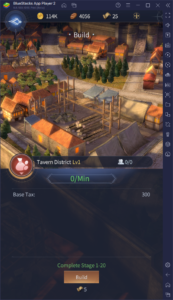
As you progress through the game, you’ll unlock many different city districts, which you can rebuild by spending Construction Plans. Once rebuilt, these districts will start producing a base amount of gold per hour, which you can upgrade in several manners:
- District Upgrades; By spending more Construction Plans, you can level up districts and increase their production and their worker limit.
- Hiring Workers: By paying food, you can hire workers for your districts, slightly increasing your tax revenue. Each worker costs increasingly more food to purchase.
- Assigning Champions: You can assign specific champions to your districts to improve the rate at which you generate tax revenues.
When it comes to tax revenue, your district income caps out at a certain amount, after which you stop producing money. Make sure to swing by and collect these taxes often to always keep your districts producing.
Check Your Collection Levies Every Six Hours
Every time you clear an area, you will start receiving resources in the form of levies. These resources accumulate minute by minute, up to a maximum of six hours. And just like the production from your districts, these levies stop coming in once your coffers are maxed out. In this sense, make sure to set an alarm or a reminder to come and claim your resources several times a day, so that you don’t miss out on progression due to a lack of resources.
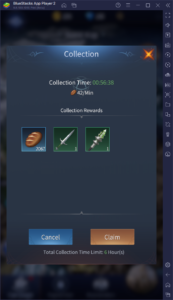
Work On Your Quests to Farm Extra Resources
While you’ll get tons of rewards for completing the main campaign missions, as well as from your districts and levies, a good way to earn even more prizes is by completing the quests that you unlock after beating stage 2-8. These quests refresh every 24 hours and grant many different prizes upon completion. However, they also grant activity points, which count towards your daily progression. And upon reaching certain activity milestones, you’ll receive special chests with even more prizes.
The activity points chests are available when you reach certain milestones, including 10 points, 30 points, 60 points, 100 points, and 140 points. Additionally, once you reach 300 cumulative points for the week, you’ll obtain a weekly chest, with even better rewards.
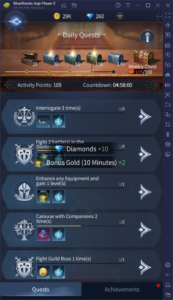
These daily quests are very important because of the rewards they grant on completion. For this reason, we strongly recommend making them your highest priority. In fact, if you don’t have much time to play, we suggest doing only these quests, and leaving the rest for later, so that you don’t miss out on chests and activity points.
Feel free to share your own Bloodline: Heroes of Lithas tips and tricks in the comments below!

